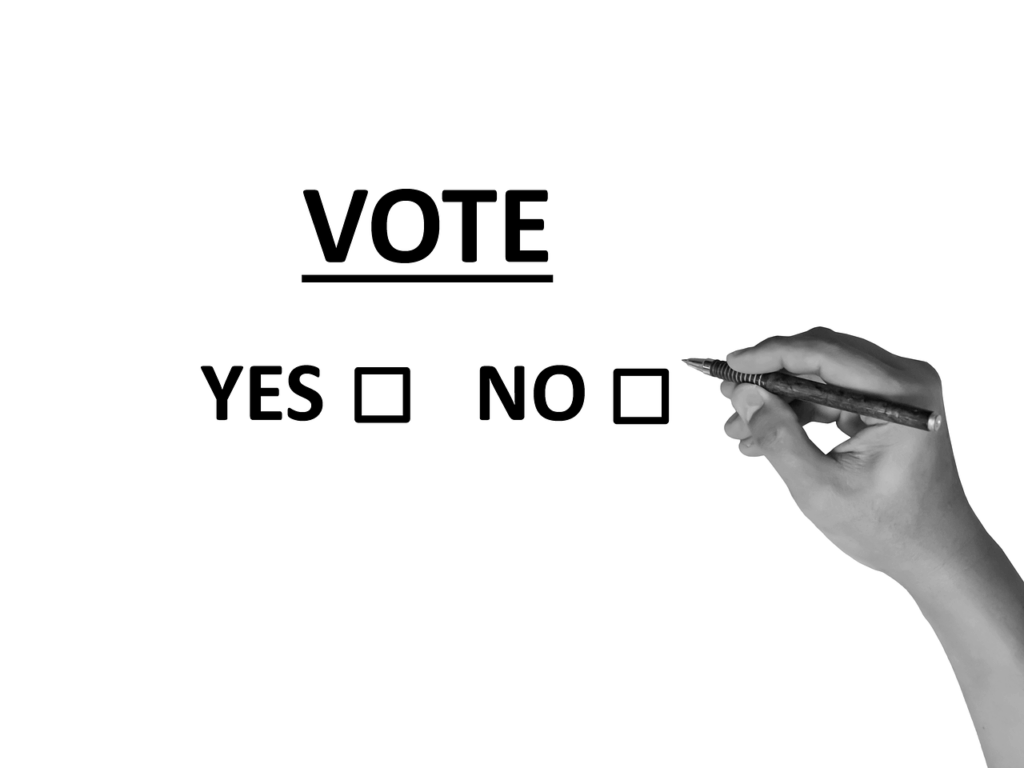Why Selling on Price is a Bad Idea
Countless salespeople insist that selling based on price is the only way to go. They believe money is the primary basis upon which customers make purchases. And they believe that if they don’t offer the lowest price in the marketplace–or darned close to it–they’re never going to succeed.
I don’t agree. And in this article I share not only why selling based on price is a bad idea but also what a better alternative is.
Don’t feel you have to take my word for it, either. Read any of the books written by Jeffrey Gitomer, such as The Sales Bible, The Little Red Book of Selling, and The Little Red Book of Sales Answers. Or check out Dale Carnegie’s How to Win Friends and Influence People.
The Mindset

When customers or prospects tell you they’re only interested in buying at the lowest, most competitive price, or if they state the maximum dollar amount they’ll consider spending, everyone’s focus zooms to money. The individual immediately takes control of the negotiation–but only if the salesperson buys into the mindset.
Understanding that price without context has no value changes the dynamic and actually allows the salesperson to take control. So, what does this phrase mean? Let me explain your customer’s mindset. He tells you:
- I need a refrigerator
- I don’t want to (or can’t) spend more than $500
On the surface, the customer’s focus is on his budget, which is fiscally sound behavior. But his focus doesn’t take into consideration anything else, such as how he values a refrigerator. And every customer, regardless of his budget limit, values the product or service being purchased to some degree.
Let’s say you only have two refrigerators for sale under $1,000. The older, used fridge has a price tag of $250. It’s in good shape mechanically but it’s old and faded and a bit beat up. You also have a brand-new fridge that normally has a price tag of $1,200. However, because of serious exterior scratching and an ice-maker that doesn’t function, you’re offering it at half-price, or $600.
If you’re just an order-taker, you offer your customer the “cheaper” product. But if you’re a true salesperson, you know that’s a bad idea. Why? Because you don’t know what the customer expects any refrigerator to do for him or why he wants to buy one.
Determining Value

Why did the customer come to your appliance store? He could have shopped online and made a purchase without the interaction of a salesperson. Yet he came to you.
Why?
Because he wants your help. The first way you can provide assistance is to ask questions that show you find the customer important (i.e., he’s valued). Questions like:
- Why are you in the market for a fridge?
- Aside from having a budget of $500, what are your requirements and needs:
- What size does the refrigerator need to be? There’s no point in considering fridges that won’t fit in the space at home.
- Do you want a new or used refrigerator?
- What particular features do you want, or not want?
- What else should I know?
Then, when you listen to the answers, you reinforce your concern for the customer and his needs. When he gives you his answers (in other words, he states his needs and wishes), you restate them and explain about supply and demand. How appliances in his price range are few and far between in the current economy. However, you do have two refrigerators that cost less than $1,000.
You then describe both items and let him determine the value he finds in each appliance.
- If the older, less expensive fridge is too large for the customer’s space, it holds $0 value regardless of the price tag. Ditto for the the new, more costly appliance.
- Is the customer bothered by the condition of the older, smaller fridge or the scratches, dents, and broken ice maker on the new one? Some people find no value in secondhand items. Other people find no value in “damaged goods.” What value does your customer find in each of these two refrigerators?
- Although the brand-new fridge costs $100 more than the man’s stated budget, the customer may find that a brand-new refrigerator, even with scratches, dents, and an inoperative ice maker, justifies spending $100 more than he’d originally intended. On the other hand, the $250 fridge must just be what he’s looking for. (Not to mention the $250 cash in his pocket after he buys it!)
Context is Everything

Remember: Price untethered to value has no context.
Said a different way: Price alone is just a number. It holds no meaning and no value … unless it’s associated with something else. That’s why selling based on price is a bad idea.
Over the years, many people met with me to discuss buying insurance. Some stated a budget upfront; most didn’t. For either type of customer, I could easily have picked random coverages out of thin air, along with random amounts of insurance, and then shown them a quote. Which would have illustrated price untethered to value.
Instead, I showed them a quote with all the coverages that were available at the highest amounts of insurance. Again, price untethered to value.
Yes, some people choked. And yes, others were stunned speechless. Which worked fine for me. I filled the silence by explaining that I knew nothing about them. Not about who they were, why they wanted to buy insurance, or what they wanted their policy to do for them. But I wanted to know.
I also explained that because my goal was to do the best job I could, I was offering them the most comprehensive insurance policy at the highest amount of coverage available. I showed them they were important to me.
Then, I asked them to give me a few minutes to tell me what they didn’t want and we removed the coverages and features that held no value to them. At the end of the process, my customers arrived at a price that met their needs because they determined the price themselves–and it was always based on value THEY identified THEMSELVES.
This very same process can be applied to all sales, in all industries, by all salespeople.
During any negotiation, customers prefer seeing the cost of any purchase go down rather than up. They also prefer having control.
I say: give it to them! Give them all the information that’s available and let them toss away what they decide isn’t worth their money.
Why Selling Based on Price is a Bad Idea

In a negotiation, the first person who mentions price loses.Why? Because that individual isn’t focused on the what or the why or the how. In other words, what the product can do for the buyer, why the buyer needs it, and how everything works.
- Customers seek out salespeople because they need help. They lack the product knowledge we have, the technical skill we’ve acquired, and certain abilities that only professionals in our field possess.
- During the negitiation process, customers are at a disadvantage … and they know it. Whether consciously or unconsciously, when they toss out a price requirement they do so in an attempt to control both the narrative and the outcome.
- Acknowledging a customer’s price requirements and then setting them aside temporarily to discuss value reinforces a salesperson’s ability and desire to help. Especially when the salesperson shows ALL the products/services that are available and encourages the customer to make ALL the decisions.
- When salespeople hop on board with only discussing price, they dismiss value … and genuine conversations about value.
Will you run across customers who simply won’t budge from a stated price-point? Absolutely. When that happens, you need to decide if you’ll sell to them based solely on price … or not.
I won’t … because those customers aren’t interested in how I can help them. They’re not interested in context or value–the what, why, and how. They’re only interested in placing an order.
Unfortunately for them, I’m not an order-taker; I’m a professional who offers value.
Which are you?

Leave a Reply